Making Sexual and Reproductive Health Programs a Real Pleasure
Pleasure. Yes, we said it, pleasure! A concept so often considered taboo, off-limits, too uncomfortable to be discussed, that it just… isn’t. Breakthrough ACTION and The Pleasure Project are on a mission to change this, alongside a group of 38 Pleasure Champions working in social and behavior change, gender, and sexual and reproductive health (SRH) program implementers, researchers, and donors from 17 countries around the world.
On September 4, 2024, Breakthrough ACTION and The Pleasure Project hosted the first of two meetings with the Pleasure Champions cohort. Fittingly, that same day was World Sexual Health Day, a celebration of sexual health that espouses “a positive and respectful approach to sexuality and sexual relationships, as well as the possibility of having pleasurable and safe sexual experiences, free of coercion, discrimination, and violence” (World Association for Sexual Health Declaration on Sexual Rights). It was a poignant reminder for everyone in the meeting of what they are working towards.
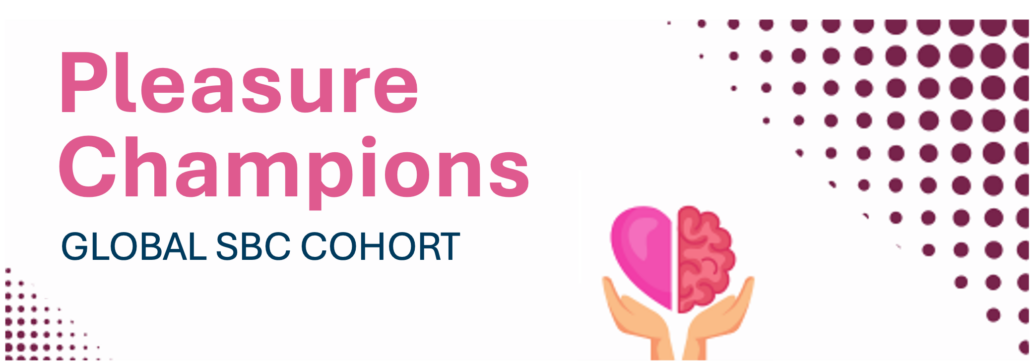
In just two hours during that first meeting, the Pleasure Champions cohort reviewed the evidence around pleasure-inclusive SRH programs, heard insights from guest speakers Laura Ramos Tomás (TabuTabu, Brazil) and Innocent Grant (Young and Alive Initiative, Tanzania) about discussing pleasure in their communities, and explored a new draft framework that aims to make it easier for those working in SRH, family planning, and gender to more easily and consciously consider including pleasure in their work.
Anne Philpott, founder of The Pleasure Project, shared with cohort members the benefits of a pleasure-based approach, which celebrates sex and sexuality and focuses on well-being, safety, pleasure, desire, and joy. As the evidence shows, she explained, a sex-positive, pleasure-based approach can improve people’s physical and mental health, encourage better communication and consent, promote safer sex, and protect sexual rights. Philpott urged the group to change the way we implement sexual health interventions from “negative framing to a positive framing.” For example, reframing messages from talking about contraception as primarily for pregnancy prevention to emphasize instead its contribution to a woman’s sexual enjoyment. This shift in perspective brings hope for a more positive and empowering SRH future.
But it’s easier said than done.
Often, discussions around pleasure prioritize men’s pleasure and ignore or discard the impact this has on women and within LGBTQ+ relationships. “We heard a lot of comments about the male partner’s pleasure, the fact that men wouldn’t feel the [vaginal] ring, but much less about women’s pleasure…” shared one cohort member. Some women may also accept non-pleasurable sex as “expected” because of cultural norms that stigmatize their sexual well-being or yield their pleasure as irrelevant, especially in situations where women are financially dependent on their male partner, as another participant pointed out. Many cohort members also lamented that the research and conversations about pleasure still lean heavily on the gender binary, leaving out gender-diverse individuals and their own experiences.

The Pleasure Project’s draft Sexual Wellbeing and Gender Equity Framework, introduced at the pleasure global cohort meeting on September 4, 2024, will be improved upon in the coming months based on feedback from cohort members.
Credit: The Pleasure Project
Also, at the root of it, talking about pleasure is still awkward for most people. It is not yet the norm, even in SRH projects. One Pleasure Champion shared they get pushback from their own team members, especially if a project involves adolescents and young people.
This is where The Pleasure Project’s Sexual Wellbeing and Gender Equity Framework comes in. The framework has seven elements: sexual joy, relationship joy, self-love, safe spaces, high-quality SRH services, nurturing communities, and equal rights and freedom, which will make it easier for SBC and SRH practitioners to apply and measure their pleasure-based approaches.
Research conducted in preparation for the development of the framework confirmed sexual well-being is not typically addressed in gender equity frameworks. This is mirrored by the lack of consideration of sexuality in well-being definitions and aspirations and a small but emerging body of evidence that centers on how pleasure-based sexual health improves sexual health overall. So, this new framework fills a gap and bridges these worlds of well-being, gender equity, and sexual health.
After providing initial feedback on the draft framework, the Pleasure Champions will now take it back to their organizations and test it by applying it to some of their programs or discussing its feasibility with colleagues. The cohort will analyze and discuss this feedback in November 2024 to improve the framework for future use by FP/SRH practitioners. The Pleasure Project also intends to use it to advocate with policymakers and United Nations agencies to include sexual well-being in the next set of Sustainable Development Goals.
So, how does pleasure fit within SBC FP/SRH programs, or, as Philpott asked cohort members, “How [can we] take this work and make it real?” This is the challenge we face head-on, and we will continue to have this conversation. Breakthrough ACTION Senior Program Officer Erin Portillo said, “Overcoming these taboos is challenging but incredibly rewarding.”
Stay tuned to see what is next for our Pleasure Champions. This is only the beginning.
Written by: Billie Puyat Murga and Erin Portillo, Senior Program Officers


 Karin Schermbrucker/USAID/Flickr
Karin Schermbrucker/USAID/Flickr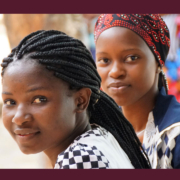 Arturo Sanabria/Photoshare, 2017
Arturo Sanabria/Photoshare, 2017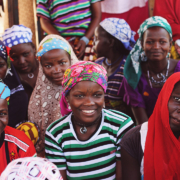 Cambey Mikush/Photoshare
Cambey Mikush/Photoshare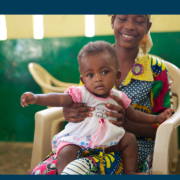 Sara Holbak/VectorWorks/Photoshare
Sara Holbak/VectorWorks/Photoshare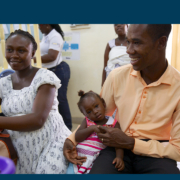 Sarah Hoibak/VectorWorks/Photoshare
Sarah Hoibak/VectorWorks/Photoshare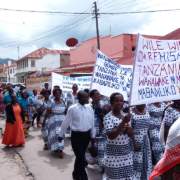 Rebekah Munnikhuysen/US Peace Corps/Photoshare
Rebekah Munnikhuysen/US Peace Corps/Photoshare